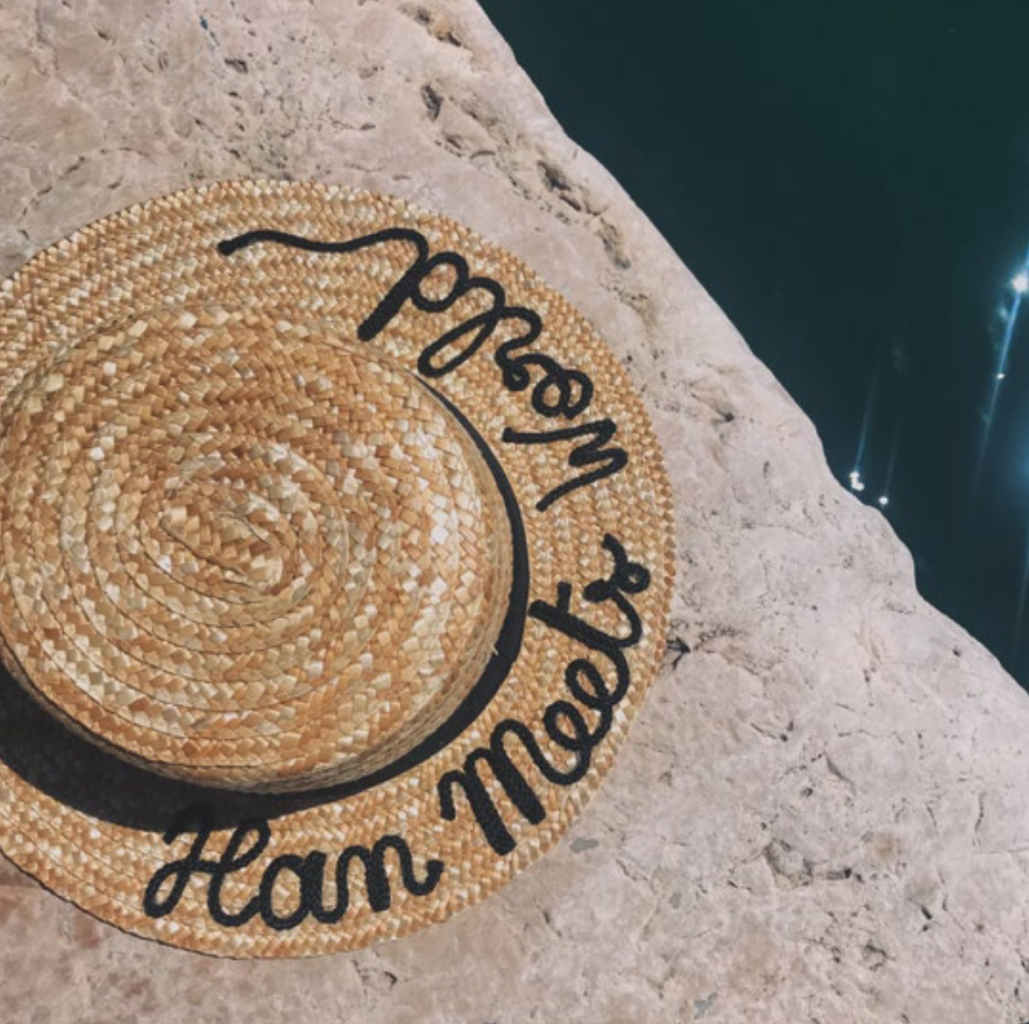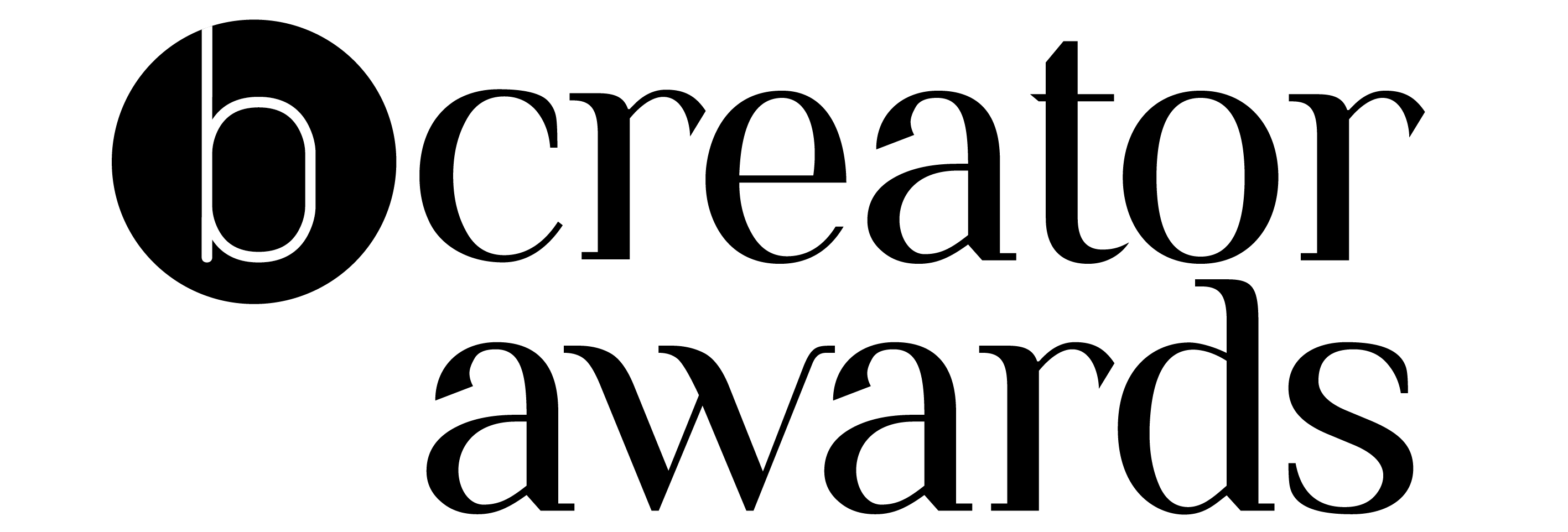Han Talbot, of Han Meets World, explores the world of personal branding and why it is booming right now
When was the last time you updated your CV, practiced your handshake and some small talk? Gone are the days when a first impression began with a face-to- face salutation and expert status was based solely on age and money. As consumers frequently turn to creators and freelancers for expertise, so the rest of the world is learning to adapt.
As someone who is asked more about their online brand, than their qualifications, I will attempt to unravel ‘the science’ of personal branding, how it has developed in the last few years and finish off by providing a couple of hacks for you to get started.
“Personal branding is the practice of people marketing themselves and their careers as brands.”
Believe it or not, you are actually a personal brand expert. You have been your own consultant for years. From the curation of your MSN, to the borders around your Bebo to your Facebook profile and the background photos. Whether you consciously realise it or not, you have been building a personal brand for a very long time.
In its simplest form, personal branding is the identity by which people recognise you. It can be as simple as “oh I used to go to school with a person who has a blog”. Brand recognition in its most basic form. Or as the dictionary would say, ‘a particular identity or image regarded as an asset.’ It is also now the way we establish a first impression with the world.
From your first job, to your current one, you will have been prioritising certain skills and experiences on your CV and strengthening them accordingly. Nobody knows you better than you.
So how have you been positioning yourself ?
As someone whose school drilled into them the importance of extracurriculars and work experience, I made it my mission to acquire as much experience and as many skills as possible. Skills outside of my studies that I could demonstrate as going above and beyond when it came to applying for university and, later on, jobs.
Positioning myself in this way meant that when I didn’t quite make the grades, my university took me as ‘the package’ that I came as anyway. Someone who completed four full A-Levels, had leadership skills and a love of adventure. You could call this my first personal brand. Even throughout uni, I was known as “Crazy Talb”, a bit bonkers and proactive outside of her degree – and that was offline! Online, I actually caught on to the love of social media a little later than most. If you grew up hearing the horror stories of chat rooms, you can empathise. However with the excitement of uni and so many more people to get involved with, this fear quickly disappeared.
While uni was of course not without its seminars on protecting yourself online, we also began to wonder whether we could use our online safety awareness to our advantage. To produce an online image that we wanted the world to see and were in control of. On sites like Facebook, you could add all the information you wanted everyone to know. It showcased who you were, including the witty quotes that summed you up as a person, while also being “colleague- safe”. A mutual place for both friends and workmates to connect with you.
2013 was the year I began to sit up and take notice of how I could have a stake in the social media world. New Year’s Day, with my newly acquired iPad, a couple of friends told me I should download and get interested in the witty posts of Twitter. It was also the day our living room ceiling fell in for the second time in our student house…
Fast forward a couple of months and while sitting in a year abroad preparation seminar, one of the lecturers invited us to think about writing a blog or “maybe even making some videos”.
“LOL, what am I going to call it: Cool Story?!” I scoffed to myself.
Up until that point, my YouTube and blogging knowledge was limited. However, as the week went on I, of course, warmed to the idea. So while I should have been studying for final exams, I completely repositioned my room to make my first official video and penned a couple of blog posts, for Brazil and the Nut.
Fast forward another couple of months to one particularly rainy afternoon in south Brazil, I was uploading a new video when I caught a glimpse of my suggested videos tab: My Room Tour by Jim Chapman.
It is safe to say that this was the moment I realised there was a whole world of people beginning to receive opportunities, paid ones, in return for creating videos and posts. Some would specifically talk about their outfits, others would simply document their day. People were literally creating jobs by being themselves. Sat there at the time with a grant for writing a blog, my mission became to create a job through blogging.

Back in the UK, 2014 was the year social media collided with ‘traditional media’. Articles began to appear about ‘the internet sensations that only your kids will have heard of’ and Zoella was one of the first British YouTubers to appear on a magazine front cover. All of a sudden, creators were competing for everyone’s attention. By balancing content and presence across all digital platforms, they were able to position themselves ahead of the game. (At the time, it was still acceptable to copy and paste the same status on Twitter, as on Facebook as on Instagram).
But by 2015, it had got exhausting and audiences began to disengage. While running a campaign called Hannah Time for a job, I received some negative feedback about my constant ‘spamming’. I knew I had to start being smarter about how I used social media. Talking with a friend, we discussed how engagement went up around lunchtime and mid-afternoon, so we waited until around these times to post. (I would like to humbly add that I won the campaign and got the job).
Similarly in business, companies began focusing their marketing and adapting the different ways they were reaching out to their audience. On the most basic level, Twitter and LinkedIn became the place for businesses to connect, Instagram for artists and Facebook for shops.
With this came the need to incorporate platform-specific plans into internal communications strategies. Just as traditional marketing has had to make way for digital marketing, so has digital marketing for new age marketing. Yep, you guessed it: this includes personal branding.
In order, not only to acquire clients, but to position themselves as experts in the field, professionals are highly encouraged to consider the personal brand that they are ‘selling’ on a day to day basis. This way, they will not only grab the client’s attention, but the media and other opportunities too.
Why is it important to have a personal brand?
Honestly, it is one of the first things people see. Like a digital first impression. Having been on both sides of the interview table, I can tell you now that employers do also search the internet to get to know you better. Clients, aka companies you want to collaborate with, will do the same. Your personal brand is the new introductory handshake.
Not only this, but it provides a metaphorical leg to stand on when it comes to establishing your voice in the industry. Like a portfolio to an extent. Whether a tight-branded blog or a well-constructed LinkedIn profile (with articles of course), a personal brand demonstrates your experience. (Note ‘experience’ and not ‘worth’)!
Today, more and more people are opting for the freelance life, or at least demanding flexi-working hours. Just as more and more are building their lifestyles around their personal life.
Hence, a need for a personal brand as it becomes a portfolio.
So to sum up, while it might seem like a lot, achieving a personal brand is still a very possible thing to do, starting with these hacks:
1. Love what you do. Particularly in the blogging world where it is obvious if a creator isn’t interested in the content they are producing. Base your personal brand around the things that you love to do. Look at your skills and the things you would love to do if money wasn’t an issue. Then go for it!
This also goes for the social media channels that you use. As we talked about earlier, it’s no longer about being the ‘jack of all trades’, so instead of worrying about not being on enough sites, focus on the ones that you love and work them well. Freeing up your efforts will mean more productive and meaningful time spent on the things you enjoy and thrive on. When a person loves what they do, their audience connects.
2. Have a why. Or a mission as I like to call it. This is the one thing that gets you out of bed on a cold winter morning when all you want to do is snuggle back in. Realistically it should be something bigger than yourself. So less about ‘making more money and having more followers’ and ‘inspiring others to live their dreams’, ‘to raise a voice for X community’ or to provide a particular service or product that will move the world forward.
3. Be consistent. Something, I admit, I do struggle with from time to time for many a wonderful reason. However we have apps and scheduling options now for those exact reasons, so really, there’s no excuse.
By publishing content around the same time each day, optimising your hashtags and having a little patience, it is very much possible to build a personal brand.
